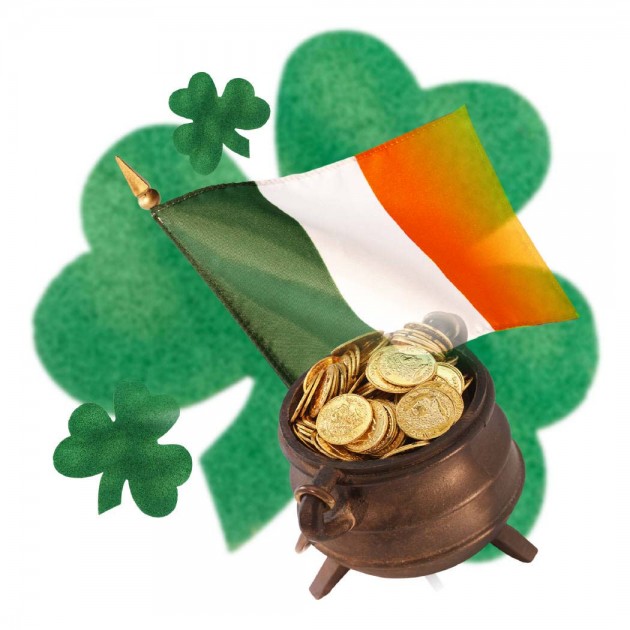
Contributing Writer
Did you know that the patron saint of Ireland, St. Patrick wasn’t Irish? Did you know that green was not the first color associated with St. Patrick? Or did you also know that there were never any snakes in Ireland for St. Patrick to apparently ‘banish’?
St. Patrick’s Day is a massive event every year, everywhere yet nobody knows why their drinking so much Guinness.
St. Patrick, the patron saint of Ireland, is one of Christianity’s most widely known figures. But for all his celebrity, his life remains somewhat of a mystery. Many of the stories traditionally associated with St. Patrick, including the famous account of his banishing all the snakes from Ireland, are false, the products of hundreds of years of exaggerated storytelling.
St. Patrick was British; however Irish folklore does not like to admit nor tell this. St. Patrick was British but had a vision/dream that he should go to Ireland to help the Irish become cleansed and spread Christianity. He converted many Irish to Christianity and it is still to this day the primary religion.
St. Patrick’s Day or St. Paddy’s Day as we Irish like to call it, is celebrated on March 17, his religious feast day and the anniversary of his death in the fifth century. The Irish have observed this day as a religious holiday for over a thousand years. On St. Patrick’s Day, which falls during the Christian season of Lent, Irish families would traditionally attend church in the morning and celebrate in the afternoon. Lenten prohibitions against the consumption of meat were waived and people would dance, drink and feast—on the traditional meal of Irish bacon and cabbage.
Everyone drinks, celebrates, wears green and gets a day off work yet the color he promoted was blue. Green is because of the Emerald Isle, the green landscape and the green Shamrock which St. Patrick used to teach Irish of the Trinity within Christianity. It was a metaphor for cleansing the island of paganism.
All shops and stores are shut, there are no classes, no businesses open and it is a national bank holiday and Holy Day. Traditionally Irish go to church and celebrate the feast of St. Patrick, after there are parades in every small town in Ireland where townspeople dress up, bands march and choirs sing.
For children, parents allow them to ‘break lent’ meaning all the candy or ‘sweets’ as Irish say are allowed. For me, growing up in the Emerald Isle, St. Patrick’s Day/ La Le Phadraig (la-lay-fadreg) was a break, a day off school, off teachers and a lot of candy. Yes we sang songs in our language ‘Gaeilge’ (pronounced gay-lig-a) and said prayers in ‘Gaeilge’ yet I never knew anything about St. Pat other than the myth of him banishing all the snakes from Ireland.
As many Irish migrated here to the mountains of North Carolina, they brought their traditions along with them. Boston is most probably the highest population of Irish inhabitants and the parades there are larger than in Dublin, Ireland’s capital city. As always America is bigger, larger and extravagant, especially with the celebration of St. Patrick’s Day. Rivers are dyed green and beer is turned green. We don’t do this in Ireland. Ever. After Wednesday though, I wish we did.






